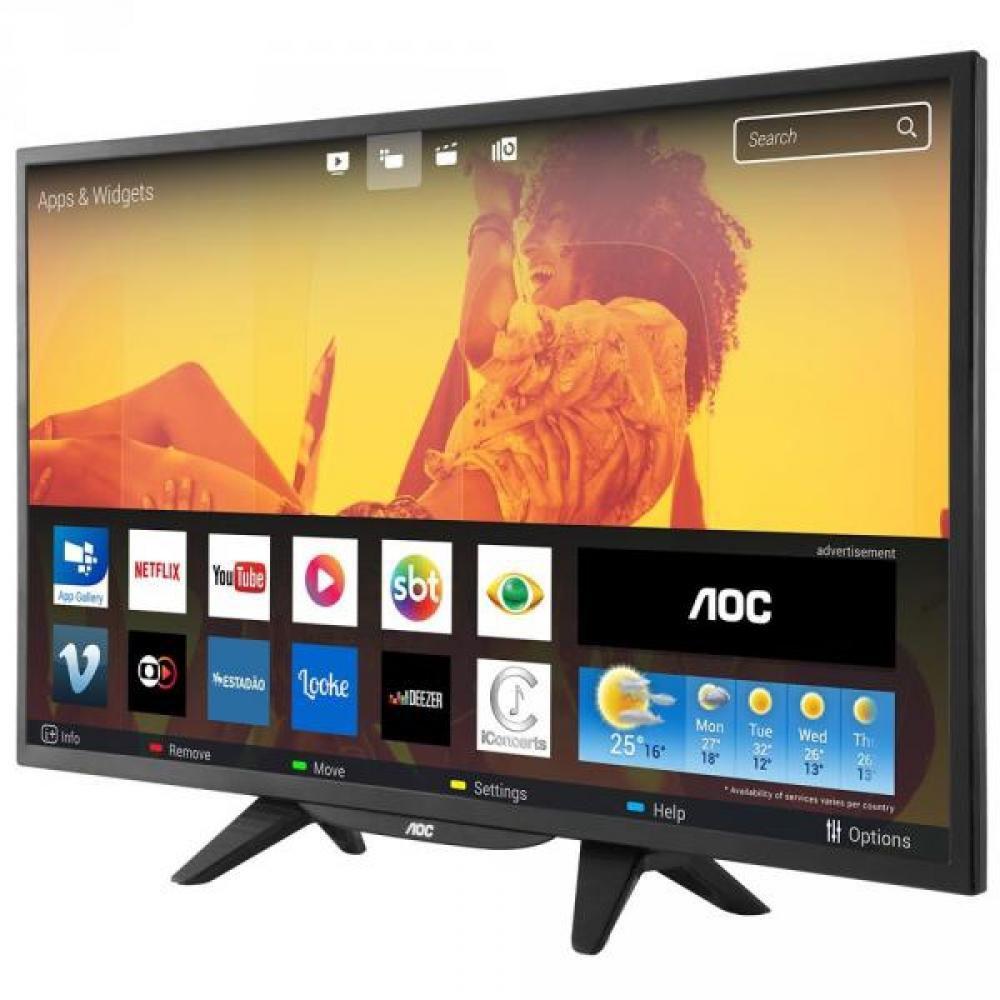


That being the case, to take full advantage of HDMI 2.1, you’ll need to use a new Ultra High-Speed Certified HDMI cable. Yes, with a capital “Y.” As you’ll learn in the spec rundown below, the new standard nearly triples the amount of data that can fit down an HDMI cable at once. Does HDMI 2.1 require new HDMI cables to work properly? On the other hand, if you’re more interested in saving money and looking for deals, don’t be afraid to pick HDMI 2.0 or something similar, as long as you understand what you’re giving up. So, if you’re currently in the market, better to go with an HDMI 2.1-capable model that won’t break the bank and future-proof your home theater setup.

While there’s no official news as to when we’ll start seeing 2.1a-capable ports on our TVs and receivers, this reveal just goes to show how quickly the world of HDMI enhancements is still moving. Announced at CES 2022, HDMI 2.1a will bring some HDR enhancements to the table through a feature called Source-Based Tone Mapping (SBTM). You’ll find a handful of great options from the likes of Samsung (the QN90A), LG (the C1 OLED), Vizio (the V-Series), and even Hisense (the U7G), and all at fairly competitive prices.īut the other reason we urge you to go with an HDMI 2.1 set is that there’s already been a modification to the 2.1 standard. But if you’re intent on buying a flagship TV, we urge you to consider going with one that has HDMI 2.1 inputs.
#Televisor hdmi 2.1 tv
In the past, our advice was, “Go ahead and buy that TV with confidence.” HDMI 2.1 was still too far away. Is it okay to buy a TV that doesn’t have HDMI 2.1? The changes are exciting, but HDMI 2.1’s potential won’t be fully unlocked until technologies like 8K TV resolution and 4K at 120Hz go mainstream.īottom line: If you bought your TV within the past couple of years, you can breathe easy. It’s true that HDMI 2.1 opens up a wealth of new possibilities, which we’ll get into shortly, but these features are rolling out slowly based on the state of consumer technology. If your TV supports 4K UHD resolution and high-dynamic-range (HDR) - or even just 4K - it is still a long way from obsolescence.

Dan Baker/Digital Trends Is my new TV about to become obsolete?Ībsolutely not. Let’s start with the biggest burning questions. We’ve got all the answers right here, and while the subject matter is a little technical, we’ve made every effort to break it down in a way that is meaningful to both the average Joe and the hardcore A/V enthusiast. Basically - what is HDMI 2.1, and do you need it? Or maybe you’re concerned that you’ll need to purchase a bunch of new HDMI cables. Maybe you’re worried about whether your new 4K TV, streaming media player, or 4K Ultra HD Blu-ray player is already out of date.


 0 kommentar(er)
0 kommentar(er)
